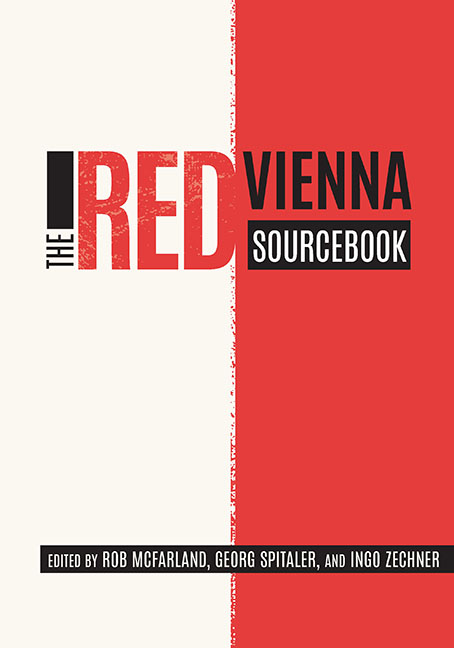Book contents
- Frontmatter
- Contents
- Acknowledgments
- Permissions and Credits
- A Note on the Structure of This Book
- Introduction
- Part I Foundations
- Part II Philosophies
- Part III Identities
- Part IV New Values
- Part V Social Engineering
- Part VI Vitality
- Part VII Housing
- Part VIII Cultural Politics
- Part IX Mass Media
- Part X Exchange
- Part XI Reaction
- Part XII Power
- Chronology
- References
- Contributors
- Index of Subjects
- Index of Persons
Chapter 25 - Literature
Published online by Cambridge University Press: 23 October 2020
- Frontmatter
- Contents
- Acknowledgments
- Permissions and Credits
- A Note on the Structure of This Book
- Introduction
- Part I Foundations
- Part II Philosophies
- Part III Identities
- Part IV New Values
- Part V Social Engineering
- Part VI Vitality
- Part VII Housing
- Part VIII Cultural Politics
- Part IX Mass Media
- Part X Exchange
- Part XI Reaction
- Part XII Power
- Chronology
- References
- Contributors
- Index of Subjects
- Index of Persons
Summary
LITERATURE IN RED VIENNA possessed neither a salient position nor a unifying style. From the party's point of view, Josef Luitpold Stern had already formulated the task of literature prior to World War I (Wiener Volksbildungswesen, 1910). Stern viewed literature as a tool for combatting the influence of “kitsch, filth, and trash” (such as the adventure stories in the style of Karl May). In place of popular literature, the party touted the classics of German literature alongside a corpus of social realist works by Stern, Alfons Petzold, and Else Feldmann. In practice, however, readership statistics, publication lists, and reviews from the period point to a dynamic literary culture that embraces both kitsch and classics as well as works that today are considered canonical. The literature of Red Vienna cannot only be understood as a list of texts supported by the party, its inner circle, or its critics—including authors and thinkers such as Oscar Pollak, Ernst Fischer, and Ernst Waldinger—but as a patchwork of texts and writers from both the center and the periphery (such as Stefan Zweig, Hermann Broch, and Jura Soyfer) whose works were also well-received, either among party officials or among segments of the working class.
The literary culture of Red Vienna profited primarily from two institutions: the creation of the Vienna Workers’ Libraries and the prolific press culture. The initial pre-war band of workers’ libraries was significantly expanded to create a wide-reaching institution capable of explicitly influencing reader habits and gathering data for empirical social research. By carefully curating their collections with an emphasis on literary realism as well as the natural and social sciences, these libraries fused the party's interest in Marxist empiricism with literature to argue for fiction as a harbinger of objective reality. While the library system of Red Vienna sought to cultivate working-class reading culture, the vast newspaper scene in Vienna enabled the proliferation of literary forms. The offerings of the press spanned from serious journalism to political pamphlets to tabloids, creating a diverse collection of literary forms that reached from vernacular poems to fairy tales, from children's plays to travel accounts and serialized novels. Newspapers also enabled access to foreign literature in translation from authors such as Upton Sinclair, O. Henry, and Jack London.
- Type
- Chapter
- Information
- The Red Vienna Sourcebook , pp. 483 - 502Publisher: Boydell & BrewerPrint publication year: 2019

